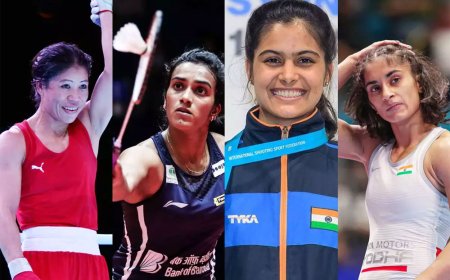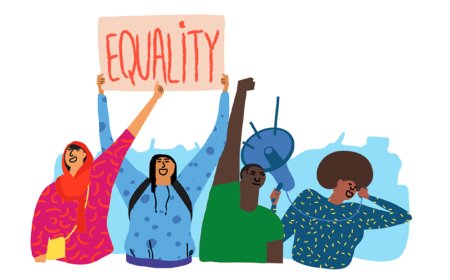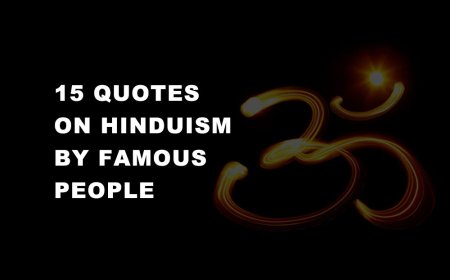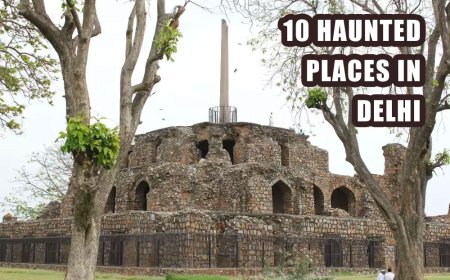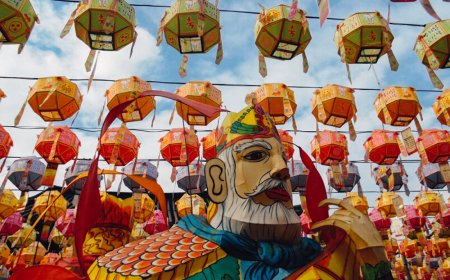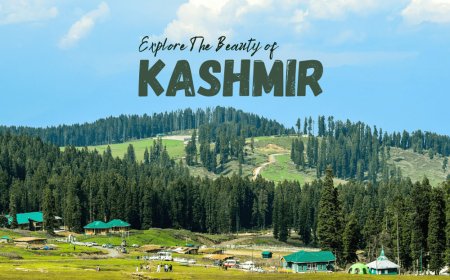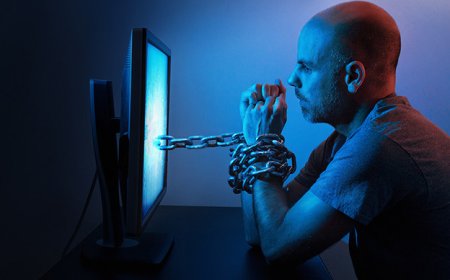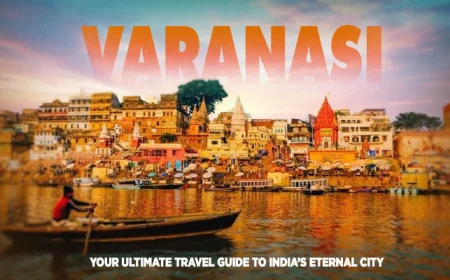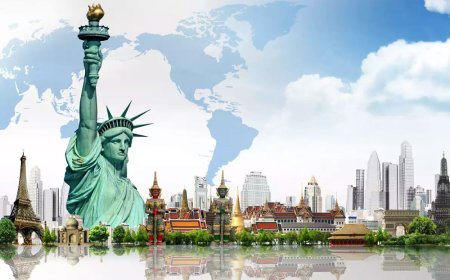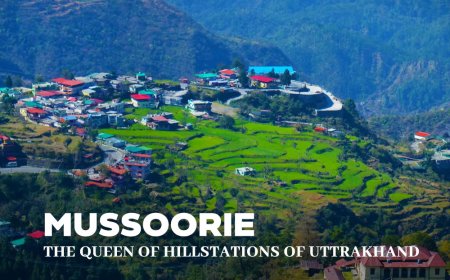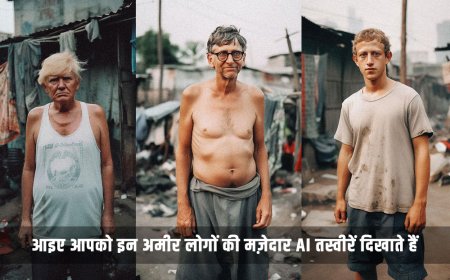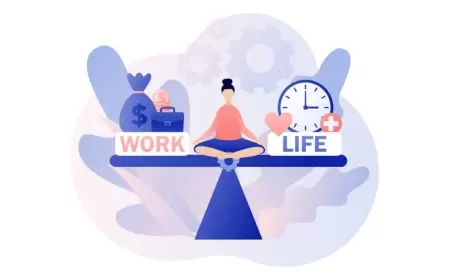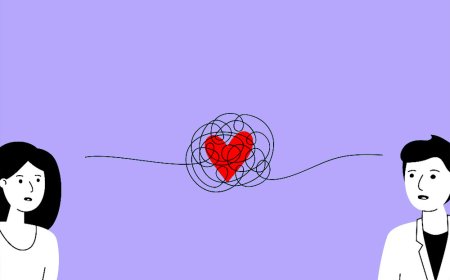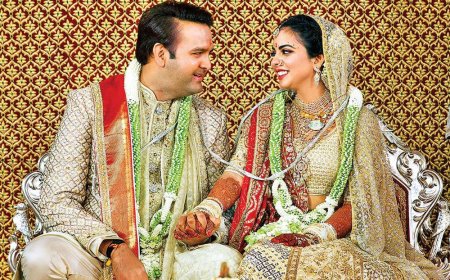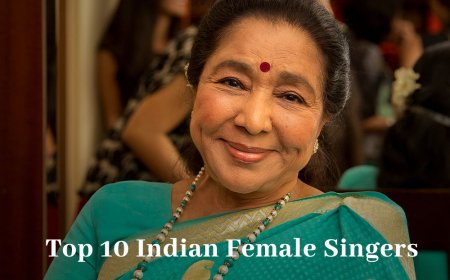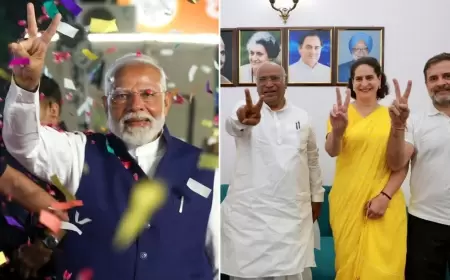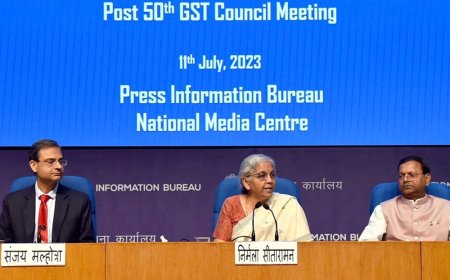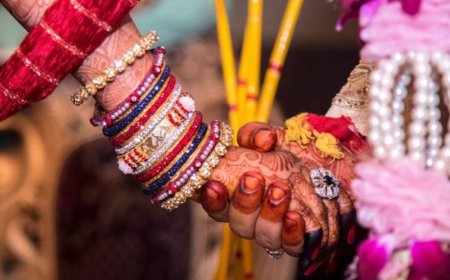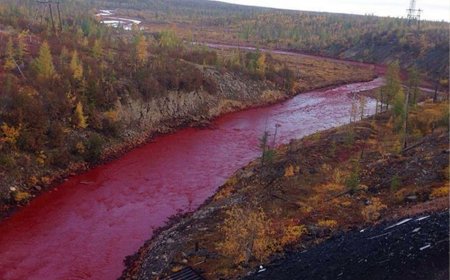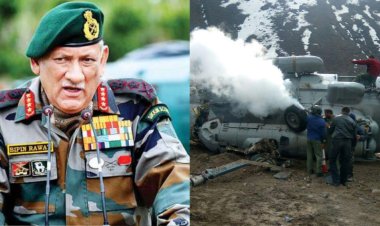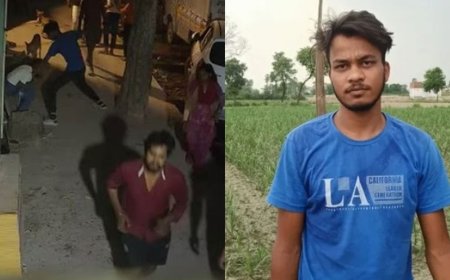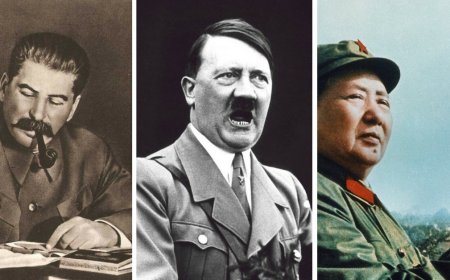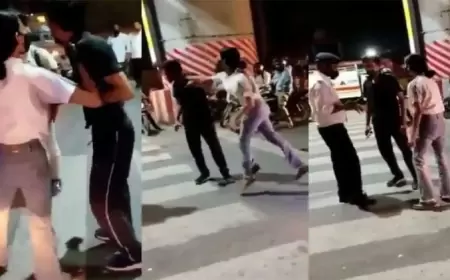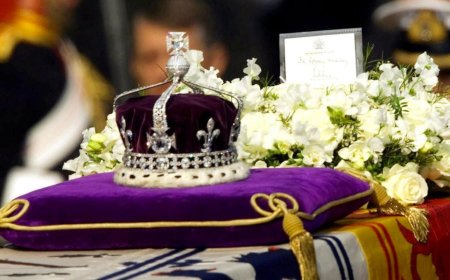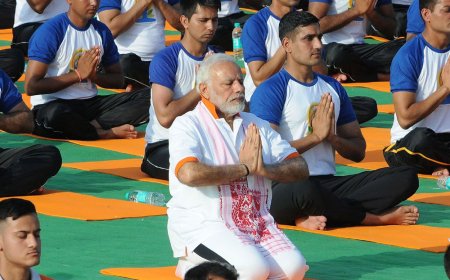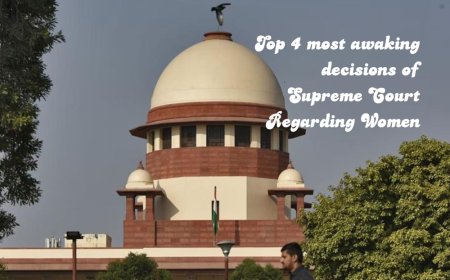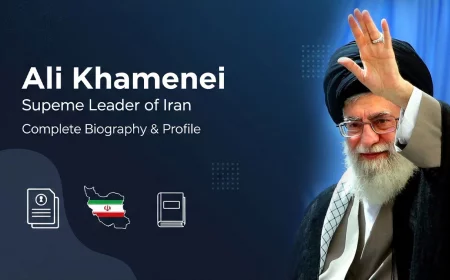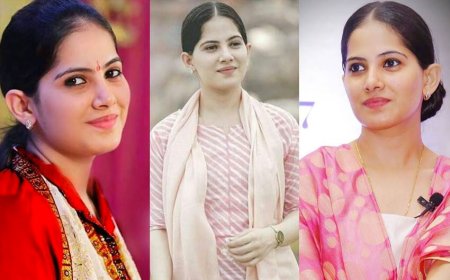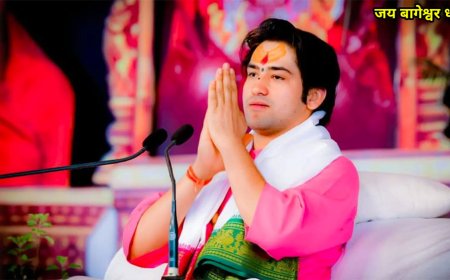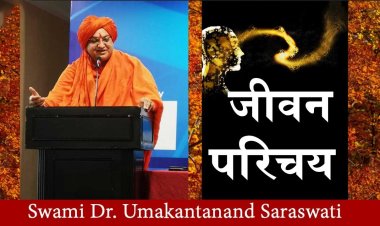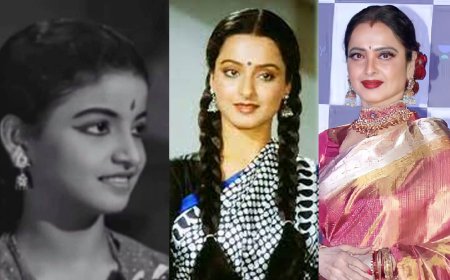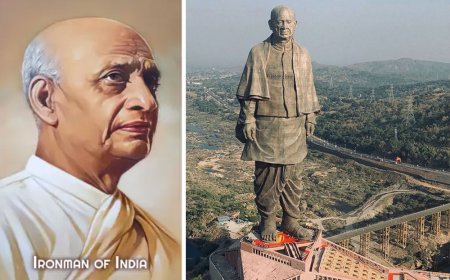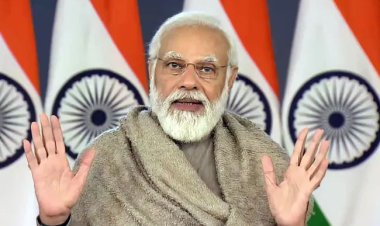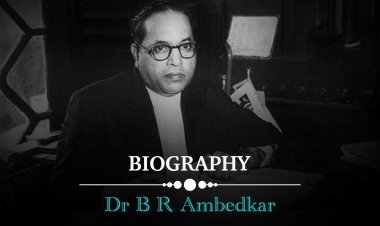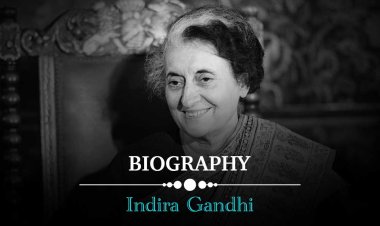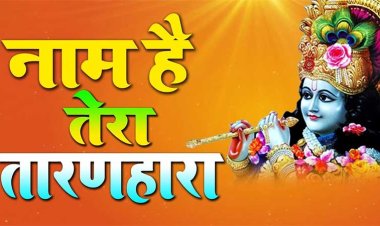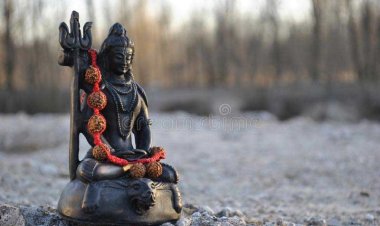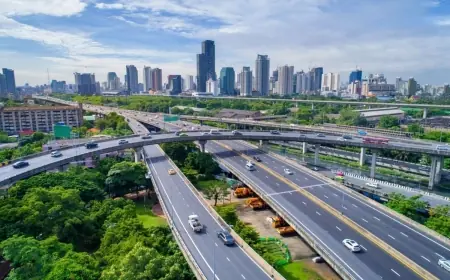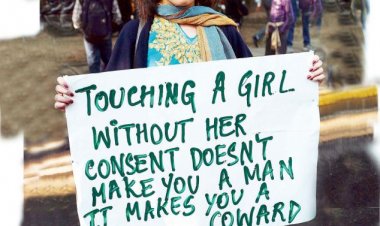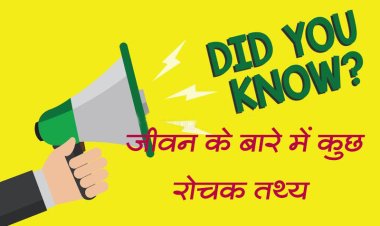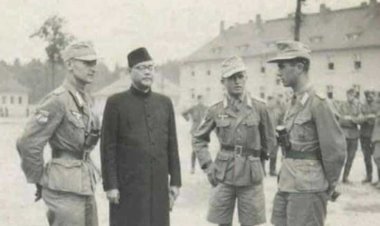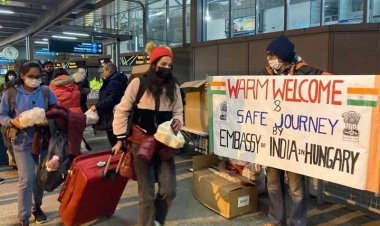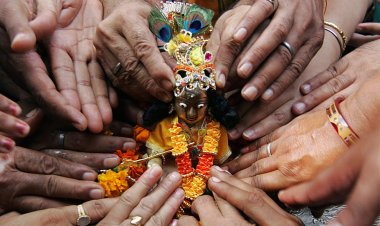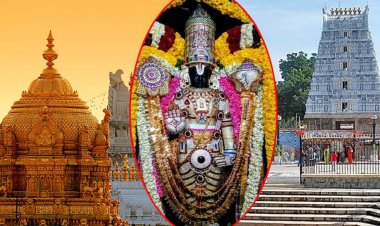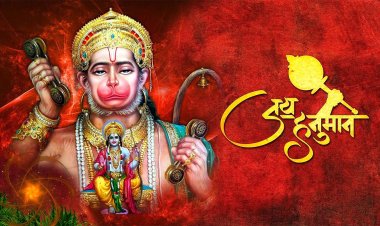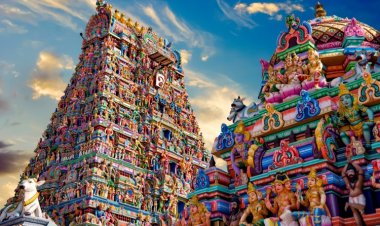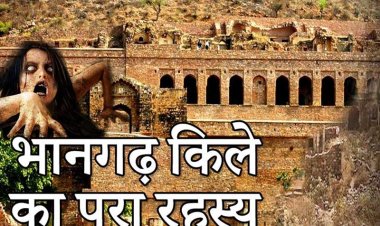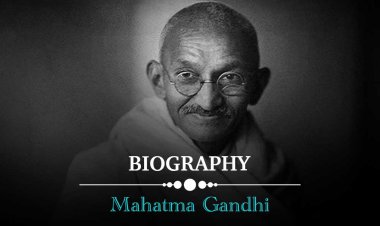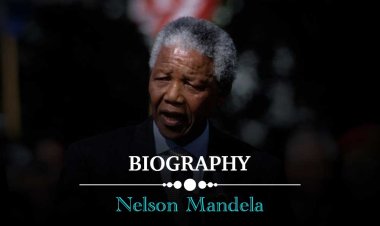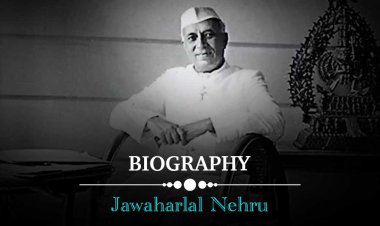Indira Gandhi | Biography, Husband, Family, Life & Facts
Indira Priyadarshini Gandhi was an Indian politician and a central figure of the Indian National Congress. She was the 3rd prime minister of India and was also the first and, to date, only female prime minister of India. Gandhi was the daughter of Jawaharlal Nehru, the 1st prime minister of India.
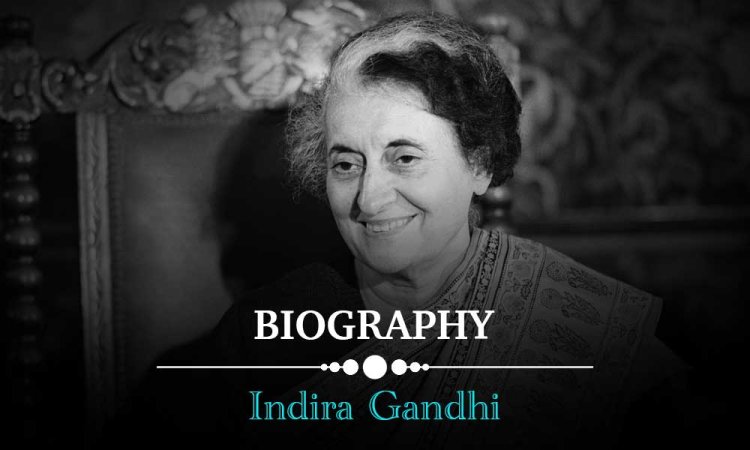
Indira Gandhi, prime minister of India in the early 1980s, feared the growing power of the charismatic Sikh preacher and militant Jarnail Singh Bhindranwale. Throughout the late 1970s and early 1980s, sectarian tension and strife had been growing between Sikhs and Hindus in northern India.
Indira Gandhi's Early Life
Indira Gandhi was born on November 19, 1917, in Allahabad (in modern-day Uttar Pradesh), British India. Her father was Jawaharlal Nehru, who would go on to become the first prime minister of India following its independence from Britain; her mother, Kamala Nehru, was just 18 years old when the baby arrived. The child was named Indira Priyadarshini Nehru.
Indira grew up as an only child. A baby brother born in November of 1924 died after just two days. The Nehru family was very active in the anti-imperial politics of the time; Indira's father was a leader of the nationalist movement and a close associate of Mohandas Gandhi and Muhammad Ali Jinnah.
Sojourn in Europe
In March 1930, Kamala and Indira were marching in protest outside of the Ewing Christian College. Indira's mother suffered from heat-stroke, so a young student named Feroz Gandhi rushed to her aid. He would become a close friend of Kamala's, escorting and attending her during her treatment for tuberculosis, first in India and later in Switzerland. Indira also spent time in Switzerland, where her mother died of TB in February of 1936.
Nehru eventually had to accept the marriage. Feroz and Indira Gandhi had two sons, Rajiv, born in 1944, and Sanjay, born in 1946.
Early Political Career
During the early 1950s, Indira served as an unofficial personal assistant to her father, then the prime minister. In 1955, she became a member of the Congress Party's working committee; within four years, she would be president of that body.
Feroz Gandhi had a heart attack in 1958, while Indira and Nehru were in Bhutan on an official state visit. Indira returned home to take care of him. Feroz died in Delhi in 1960 after suffering a second heart attack.
Indira's father also died in 1964 and was succeeded as prime minister by Lal Bahadur Shastri. Shastri appointed Indira Gandhi his minister of information and broadcasting; in addition, she was a member of the upper house of parliament, the Rajya Sabha.
In 1966, Prime Minister Shastri died unexpectedly. Indira Gandhi was named the new Prime Minister as a compromise candidate. Politicians on both sides of a deepening divide within the Congress Party hoped to be able to control her. They had completely underestimated Nehru's daughter.
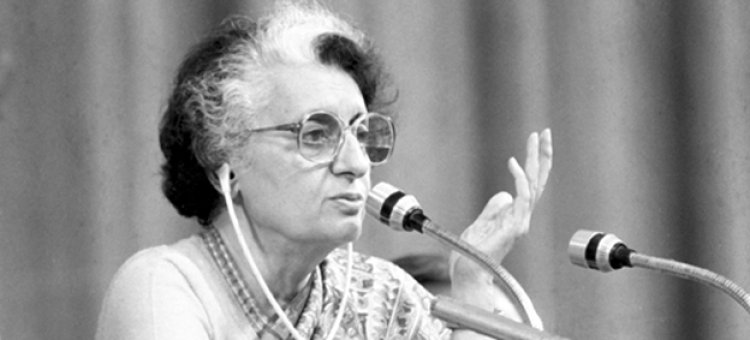
Prime Minister Gandhi
By 1966, the Congress Party was in trouble. It was divided into two separate factions; Indira Gandhi led the left-wing socialist faction. The 1967 election cycle was grim for the party - it lost almost 60 seats in the lower house of parliament, the Lok Sabha. Indira was able to keep the Prime Minister seat through a coalition with the Indian Communist and Socialist parties. In 1969, the Indian National Congress Party split in half for good.
As prime minister, Indira made some popular moves. She authorized the development of a nuclear weapons program in response to China's successful test at Lop Nur in 1967. (India would test its own bomb in 1974.) In order to counterbalance Pakistan's friendship with the United States, and also perhaps due to mutual personal antipathy with US President Richard Nixon, she forged a closer relationship with the Soviet Union. In keeping with her socialist principles, Indira abolished the maharajas of India's various states, doing away with their privileges as well as their titles. She also nationalized the banks in July of 1969, as well as mines and oil companies. Under her stewardship, traditionally famine-prone India became a Green Revolution success story, actually exporting a surplus of wheat, rice and other crops by the early 1970s.
In 1971, in response to a flood of refugees from East Pakistan, Indira began a war against Pakistan. The East Pakistani/Indian forces won the war, resulting in the formation of the nation of Bangladesh from what had been East Pakistan.
Re-election, Trial, and the State of Emergency
In 1972, Indira Gandhi's party swept to victory in national parliamentary elections based on the defeat of Pakistan and the slogan of Garibi Hatao, or "Eradicate Poverty." Her opponent, Raj Narain of the Socialist Party, charged her with corruption and electoral malpractice. In June of 1975, the High Court in Allahabad ruled for Narain; Indira should have been stripped of her seat in Parliament and barred from elected office for six years.
However, Indira Gandhi refused to step down from the prime ministership, despite widespread unrest following the verdict. Instead, she had the president declare a state of emergency in India.
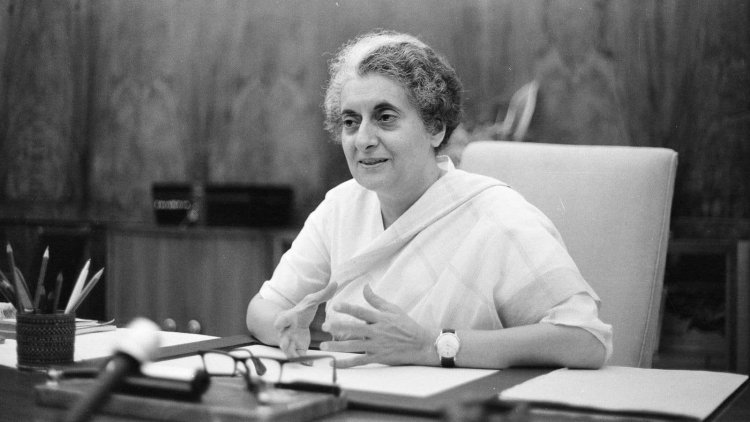
Downfall and Arrests
In a key miscalculation, Indira Gandhi called new elections in March 1977. She may have begun to believe her own propaganda, convincing herself that the people of India loved her and approved of her actions during the years-long state of emergency. Her party was trounced at the polls by the Janata Party, which cast the election as a choice between democracy or dictatorship, and Indira left office.
In October of 1977, Indira Gandhi was jailed briefly for official corruption. She would be arrested again in December of 1978 on the same charges. However, the Janata Party was struggling. A cobbled-together coalition of four previous opposition parties, it could not agree on a course for the country and accomplished very little.
Indira Emerges Once More
By 1980, the people of India had had enough of the ineffectual Janata Party. They reelected Indira Gandhi's Congress Party under the slogan of "stability." Indira took power again for her fourth term as prime minister. However, her triumph was dampened by the death of her son Sanjay, the heir apparent, in a plane crash in June of that year.
By 1982, rumblings of discontent and even outright secessionism were breaking out all over India. In Andhra Pradesh, on the central east coast, the Telangana region (comprising the inland 40%) wanted to break away from the rest of the state. Trouble also flared in the ever-volatile Jammu and Kashmir region in the north. The most serious threat, though, came from Sikh secessionists in Punjab, led by Jarnail Singh Bhindranwale.
Operation Bluestar at the Golden Temple
In 1983, the Sikh leader Bhindranwale and his armed followers occupied and fortified the second-most holy building in the sacred Golden Temple complex (also called the Harmandir Sahib or Darbar Sahib) in Amritsar, the Indian Punjab. From their position in the Akhal Takt building, Bhindranwale and his followers called for armed resistance to Hindu domination. They were upset that their homeland, Punjab, had been divided between India and Pakistan in the 1947 Partition of India.
To make matters worse, the Indian Punjab had been lopped in half once more in 1966 to form the Haryana state, which was dominated by Hindi speakers. The Punjabis lost their first capital at Lahore to Pakistan in 1947; the newly-built capital at Chandigarh ended up in Haryana two decades later, and the government in Delhi decreed that Haryana and Punjab would simply have to share the city. To right these wrongs, some of Bhindranwale's followers called for an entirely new, separate Sikh nation, to be called Khalistan.
During this period, Sikh extremists were waging a campaign of terror against Hindus and moderate Sikhs in Punjab. Bhindranwale and his following of heavily armed militants holed up in the Akhal Takt, the second-most holy building after the Golden Temple itself. The leader himself was not necessarily calling for the creation of Khalistan; rather he demanded the implementation of the Anandpur Resolution, which called for the unification and purification of the Sikh community within Punjab.
Indira Gandhi decided to send the Indian Army on a frontal assault of the building to capture or kill Bhindranwale. She ordered the attack at the beginning of June 1984, even though June 3rd was the most important Sikh holiday (honouring the martyrdom of the Golden Temple's founder), and the complex was full of innocent pilgrims. Interestingly, due to the heavy Sikh presence in the Indian Army, the commander of the attack force, Major General Kuldip Singh Brar, and many of the troops were also Sikhs.
In preparation for the attack, all electricity and lines of communication to Punjab were cut off. On June 3, the army surrounded the temple complex with military vehicles and tanks. In the early morning hours of June 5, they launched the attack. According to official Indian government numbers, 492 civilians were killed, including women and children, along with 83 Indian army personnel. Other estimates from hospital workers and eyewitnesses state that more than 2,000 civilians died in the bloodbath.
Among those killed were Jarnail Singh Bhindranwale and the other militants. To the further outrage of Sikhs worldwide, the Akhal Takt was badly damaged by shells and gunfire.
Aftermath and Assassination
In the aftermath of Operation Bluestar, a number of Sikh soldiers resigned from the Indian Army. In some areas, there were actual battles between those resigning and those still loyal to the army.
On October 31, 1984, Indira Gandhi walked out to the garden behind her official residence for an interview with a British journalist. As she passed two of her Sikh bodyguards, they drew their service weapons and opened fire. Beant Singh shot her three times with a pistol, while Satwant Singh fired thirty times with a self-loading rifle. Both men then calmly dropped their weapons and surrendered.
Indira Gandhi died that afternoon after undergoing surgery. Beant Singh was shot dead while under arrest; Satwant Singh and alleged conspirator Kehar Singh were later hanged.
When news of the Prime Minister's death was broadcast, mobs of Hindus across northern India went on a rampage. In the Anti-Sikh Riots, which lasted for four days, anywhere from 3,000 to 20,000 Sikhs were murdered, many of them burned alive. The violence was particularly bad in Haryana state. Because the Indian government was slow to respond to the pogrom, support for the Sikh separatist Khalistan movement increased markedly in the months following the massacre.
What's Your Reaction?
 Like
0
Like
0
 Dislike
0
Dislike
0
 Love
0
Love
0
 Funny
0
Funny
0
 Angry
0
Angry
0
 Sad
0
Sad
0
 Wow
0
Wow
0










